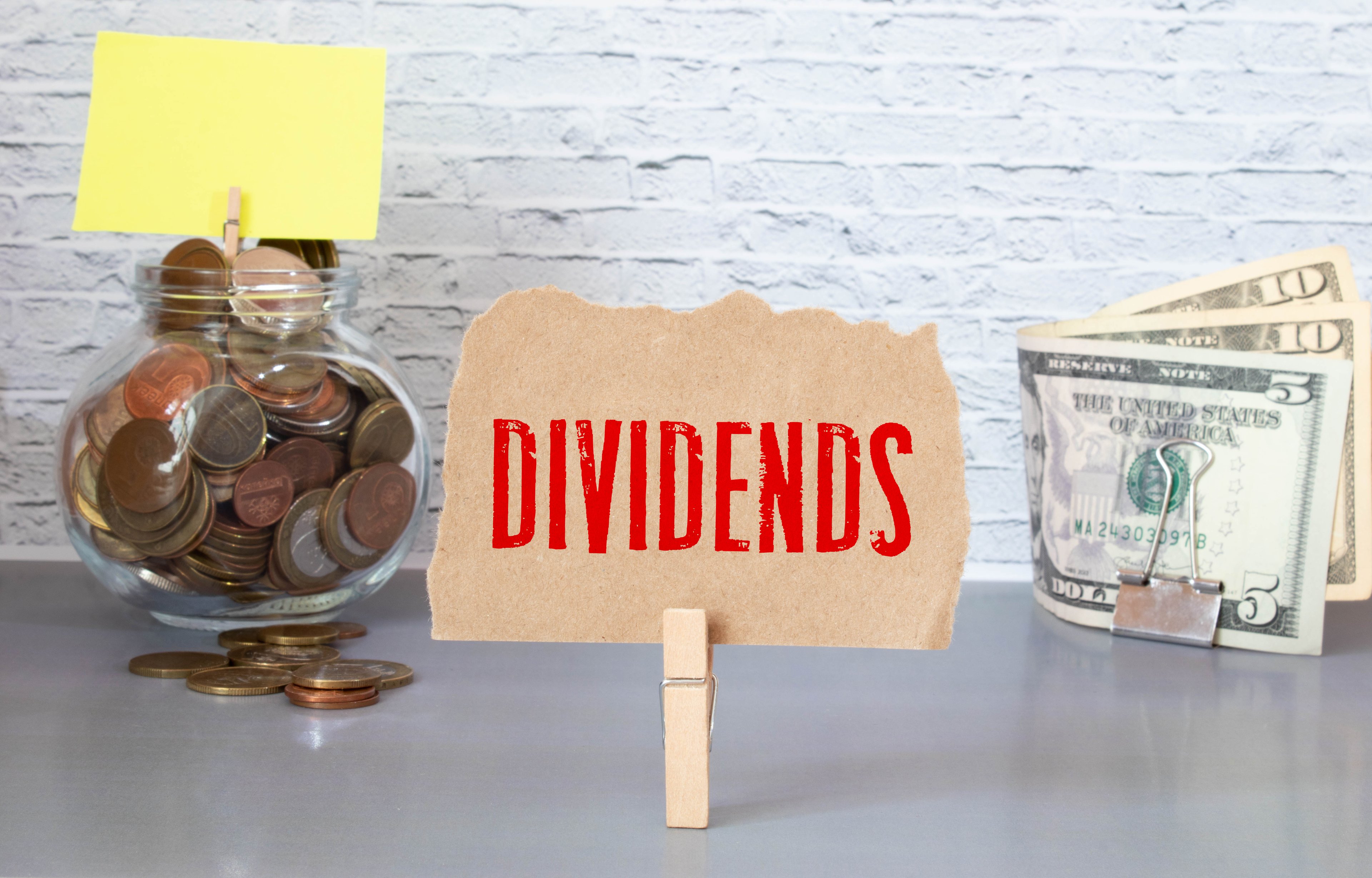ETFs can be powerful investments for retirement accounts. The best ETFs offer broad-market, thematic, or asset-specific exposure at a low cost, helping investors maximize long-term returns and minimize risk. Those features make them ideal investments to buy and hold.
Among the ETFs I own, two are core to my retirement strategy: the Schwab U.S. Dividend Equity ETF (SCHD +0.14%) and the JPMorgan Nasdaq Equity Premium Income ETF (JEPQ +1.63%). This November, I plan to buy even more of both. Here's why I can't wait to add more of these top funds.

Image source: Getty Images.
100 top dividend stocks in a single fund
The Schwab U.S. Dividend Equity ETF has a simple investment strategy. The ETF aims to closely track the Dow Jones U.S. Dividend 100 Index, which measures the performance of 100 top dividend-paying stocks. The index selects companies based on their ability to pay higher-yielding dividends that are sustainable and steadily rising. That blend of yield and growth enables the fund to provide income and upside potential, making it ideal for a retirement account.
The fund's 100 holdings currently have a dividend yield of around 3.8%, more than triple the S&P 500's level (1.2%). Meanwhile, these companies have grown their dividends at an average annual rate of more than 8% over the past five years.

NYSEMKT: SCHD
Key Data Points
Its top holdings are a who's who of dividend stocks. For example, the current top holding is AbbVie (ABBV +0.45%) at 4.4% of its assets. The healthcare company has increased its dividend every year since its formation in 2013, growing it by an impressive 310% over that period. The company currently has an above-average dividend yield of 2.9%. The financially healthy company invests heavily in research and development to develop innovative medicines that help address health issues and grow its earnings to support continued dividend increases.
The Schwab U.S. Dividend Equity ETF has been a strong performer over the long term. Since its inception in 2011, the fund has delivered an average annual total return of 11.6%. The ETF provides investors with income and strong total returns for a very low cost (0.06% ETF expense ratio).
Income and tech-driven upside potential
The JPMorgan Nasdaq Equity Premium Income ETF has a dual mandate. It aims to provide investors with a monthly income stream and upside exposure to the Nasdaq-100 index with less volatility.
The fund employs a two-pronged strategy to deliver on its objectives:
- Equity portfolio: The ETF uses applied data science and fundamental research to construct a portfolio of companies from the Nasdaq-100 Index. This portfolio provides exposure to many high-growth technology stocks.
- Disciplined options overlay: The ETF writes out-of-the-money (above the current market price) call options on the Nasdaq-100. This strategy generates options premium income (an option's writer receives the value of the option (called the premium) as a credit).

NASDAQ: JEPQ
Key Data Points
The ETF's options writing strategy can be very lucrative. Over the past 12 months, the fund has generated an income yield of more than 11% for investors. That's well above the income yield generated by all other asset classes. The fund's monthly payments provide investors with a tangible return, helping mute volatility's impact.
Meanwhile, the fund's equity portfolio provides upside potential, boosting the fund's total return. Since its inception in 2022, the fund has delivered an average annual total return of 16.2%. That's a strong return for a less volatile, income-focused investment. The JPMorgan Nasdaq Equity Premium Income ETF offers this attractive combination at a reasonable 0.35% expense ratio.
Ideal retirement investments
The Schwab U.S. Dividend Equity ETF and JPMorgan Nasdaq Equity Premium ETF are both strong choices for my retirement account. They have different advantages, making them good complementary holdings. SCHD emphasizes dividend yield and growth, while JEPQ provides a high monthly income stream and exposure to growth-oriented tech stocks. Both combine income and growth with lower risk profiles, aligning with my strategy for generating attractive returns with less volatility. That's why I can't wait to add to my positions again this November.





